How to dispose bamboo shavings?Cultivation Bamboo Fungus
Eco-Friendly Solutions for Bamboo Shavings in Bamboo Fungus Cultivation
Effective methods to dispose of bamboo shavings are essential as traditional approaches like landfilling and incineration become less viable.
Today, we explore an innovative and sustainable solution: cultivating bamboo fungus. This method not only provides a practical way to dispose of bamboo shavings but also offers significant economic and environmental benefits.
Understanding Bamboo Fungus
What is Bamboo Fungus?
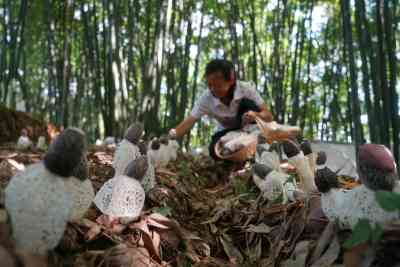
Bamboo fungus, valued for its medicinal and edible properties, is often referred to as the “Queen of Fungi.” This name highlights both its unique appearance and the demanding conditions required for its growth. Specifically, bamboo fungus thrives in bamboo forests, growing under decaying bamboo leaves and on rotting bamboo. It prefers the shaded, low-light conditions found beneath the forest canopy.
Harvesting Challenges
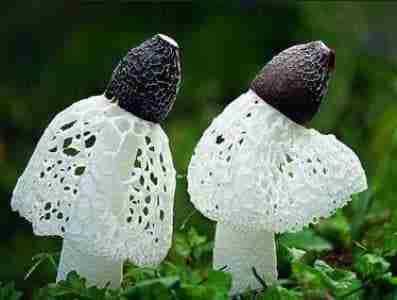
Harvesting bamboo fungus presents several challenges. For example, the fungus requires a long period to grow but matures quickly. Once it matures, the fungus displays its beautiful appearance for only a short time before deteriorating rapidly.
Consequently, this brief harvesting window contributes to its rarity and high market price, which can reach up to $200 per kilogram.
Cultivating Bamboo Fungus: A Step-by-Step Guide
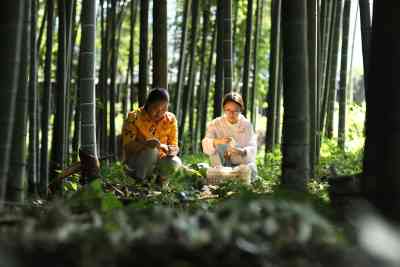
Site Selection

First, choose a sheltered area with a reliable water source, good drainage, and fertile soil. The site should have a slope of less than 25°, minimal exposure to pests and heavy metal pollution, and should be partially shaded by bamboo trees while still receiving some sunlight.
Preparing Raw Materials
Next, use mold-free bamboo chips, preferably fresh, with a particle size of less than 5 mm. This ensures that the bamboo shavings are suitable for cultivating bamboo fungus.
Optimal Cultivation Timing
The ideal time for sowing bamboo fungus is from early March to late April, when the average daily temperature is above 16°C. This timing supports the optimal growth of bamboo fungus.
Preparing the Cultivation Medium
Subsequently, mix 15 kg of urea, 30 kg of superphosphate, 30 kg of light calcium carbonate, and 15 kg of gypsum powder with every 4000 kg of bamboo chips. Keep the mixture moist, maintaining a water content of 60-70%. Seal it with a film and let it ferment for 60 days.
Preparing Planting Trenches
Additionally, dig trenches that are 30-40 cm wide and 10-15 cm deep, spaced 50 cm apart. Incorporate drainage channels to prevent waterlogging.
Sowing Bamboo Fungus
- Cover the planting furrow with 6~8cm thick fermented bamboo shavings.
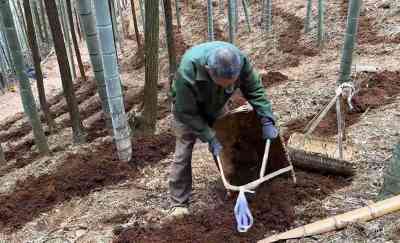
- Then spread the bamboo fungus seedlings on the bamboo chips, with a spacing of 2~3cm.
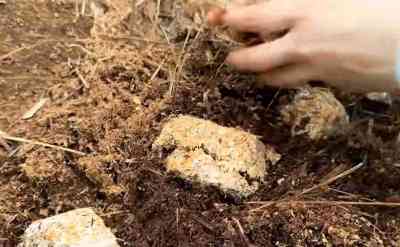
- After the seedlings are placed, backfill with 5~8cm thick soil (the soil should not be too thick or too thin)
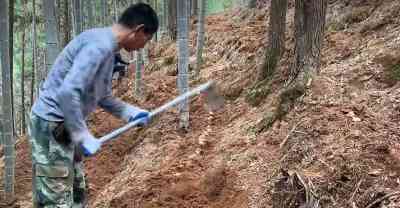
- After the soil is backfilled, cover the top with a layer of straw (straw has a certain heat preservation and moisture retention function, and will rot in the soil over time to provide nutrients for bamboo fungus.)
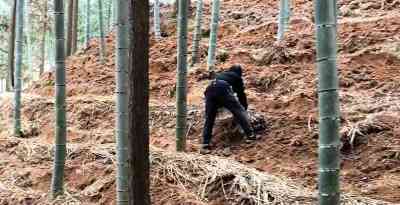
Maintenance
Finally, regular irrigation is necessary if there is no rainfall. During heavy rains, check the drainage system to ensure it functions properly.
Conclusion
In conclusion, effective methods to dispose of bamboo shavings have evolved with advancements in technology. Cultivating bamboo fungus offers a sustainable solution to bamboo waste management, addressing disposal challenges while promoting environmental sustainability.
By adopting these innovative methods, we can manage bamboo waste efficiently and support sustainable development.
